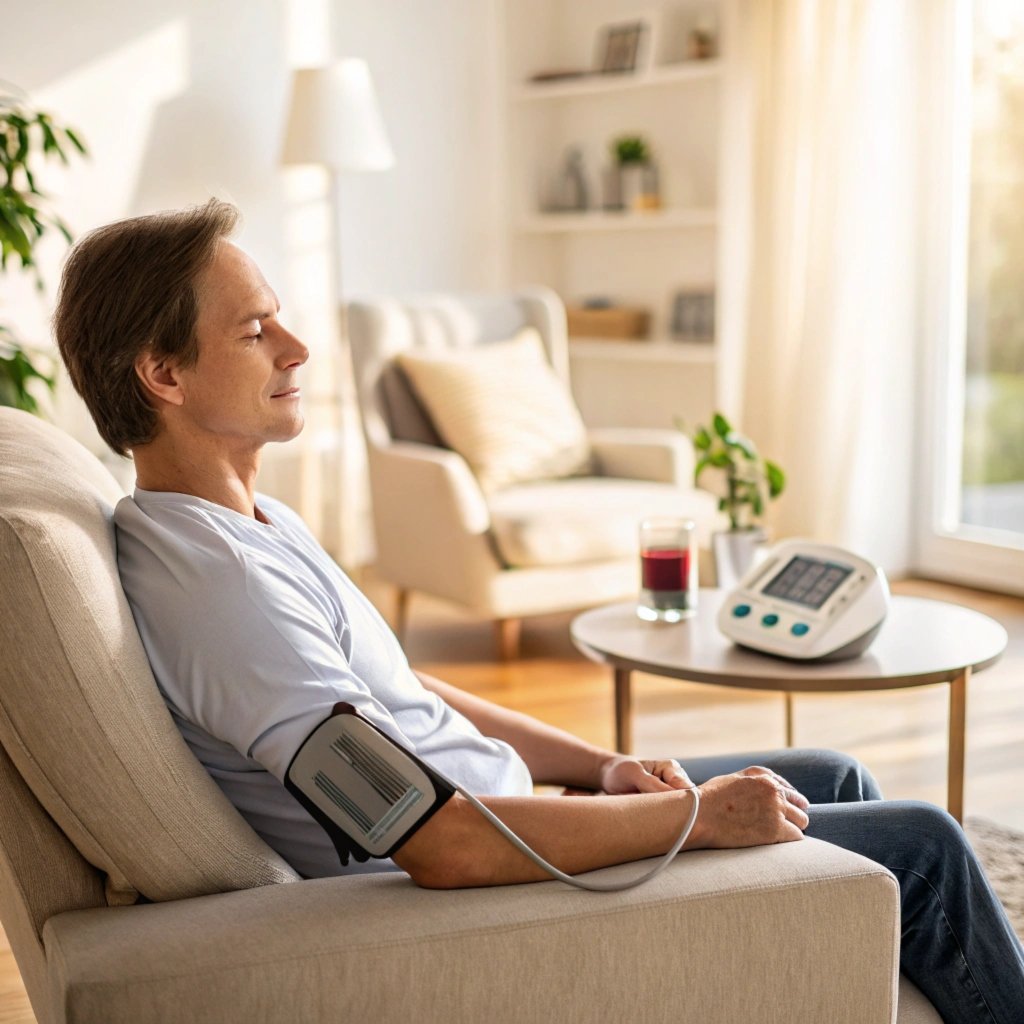Using an EMS (Electrical Muscle Stimulation)1 massager has become a popular way to relieve muscle tension and improve circulation. But are there risks involved?
While EMS massagers are generally safe, they can cause skin irritation, discomfort, or interfere with medical devices like pacemakers2. Consult your doctor before use.
Let's explore who should avoid EMS, how often it can be used, and whether it really benefits the heart and blood pressure.
Who should not use the EMS massager?
People often overlook the importance of understanding the potential risks of using EMS devices. Not everyone is suited for them.
Individuals with pacemakers, pregnant women3, or people with skin conditions should not use EMS massagers. They can cause complications.
EMS massagers work by sending electrical impulses to stimulate muscles. While this is effective for most users, it can be problematic in specific cases.

who should avoid EMS
1. People with pacemakers or implanted medical devices
The electrical currents from EMS can interfere with the function of medical devices, including pacemakers and defibrillators. This could lead to serious health complications.
2. Pregnant women
The effects of EMS on fetal development are unclear, so doctors generally advise against its use during pregnancy.
3. Individuals with epilepsy
EMS may trigger seizures4 in people prone to them. It's best to avoid using EMS without medical approval.
4. People with skin sensitivity or wounds
Electrical stimulation can irritate damaged skin or worsen conditions like eczema or psoriasis.
By identifying these at-risk groups, you can better decide if EMS is safe for you.
Is it OK to use EMS everyday?
Many EMS users wonder if daily use is safe or if they’re overdoing it. Regular use sounds appealing, but does it come with risks?
Yes, EMS can be used daily if sessions are kept short and intensity levels are appropriate. Overuse may lead to muscle fatigue or skin irritation.
Daily EMS use can benefit muscle recovery and relaxation, but moderation is key.

How much is too much?
1. Recommended session duration
Experts suggest limiting sessions to 15–30 minutes5. Prolonged exposure can strain muscles and reduce effectiveness.
2. Intensity levels
High-intensity settings can overwork your muscles, leading to soreness or even mild inflammation. Adjust the intensity to match your comfort level.
3. Rest periods
Even if you use EMS daily, your muscles need rest. Alternate between light and moderate sessions to prevent overuse.
Using EMS responsibly ensures consistent benefits without unnecessary risks.
Does the EMS really work?
EMS promises improved muscle recovery, pain relief, and even enhanced athletic performance. But how effective is it really?
Yes, EMS works for muscle stimulation, recovery, and relaxation. However, its effectiveness varies depending on usage and individual needs.
Understanding EMS technology helps set realistic expectations for its outcomes.

Proven benefits and limitations
1. Scientific support for EMS
Studies show6 EMS improves blood circulation, reduces muscle tension, and can even build strength when combined with traditional exercises.
| Benefits | Effectiveness |
|---|---|
| Pain relief | High |
| Improved circulation | Moderate |
| Strength enhancement | Effective with exercise |
2. When EMS might not work
EMS is not a substitute for exercise or medical treatments. It works best as a supplementary tool, not as a primary solution for serious issues.
3. User experiences
Results often depend on consistency and correct usage. Misuse can lead to disappointment or minimal benefits.
By combining EMS with a healthy lifestyle, you can maximize its potential benefits.
Is EMS good for the heart?
With circulation improvements being one of EMS's main selling points, its impact on heart health is worth exploring.
EMS can support heart health indirectly by improving circulation7, but it’s not a replacement for cardiovascular exercise.
Understanding how EMS works on the body explains its indirect benefits for cardiovascular health.

EMS and circulation
1. How EMS improves circulation
The electrical impulses cause muscle contractions, which mimic the pumping effect of physical movement. This helps push blood through veins more effectively.
2. Why it’s not a heart workout
EMS stimulates muscles, not the heart itself. For cardiovascular benefits, aerobic activities like walking or cycling are essential.
3. Who benefits most
For people with limited mobility or poor circulation, EMS can complement their routine by preventing blood pooling in the legs.
EMS can be a supportive tool, but it’s no substitute for an active lifestyle.
Can EMS increase blood pressure?
Some users worry that EMS might elevate blood pressure, especially if they have pre-existing conditions. Is this concern valid?
EMS doesn’t typically increase blood pressure, but improper use may cause temporary spikes8 in some cases. Consult your doctor if you have hypertension.
While EMS’s effects on blood pressure are generally neutral, context matters.

EMS and blood pressure concerns
1. Temporary increases during use
During an EMS session, blood flow can temporarily increase in the treated area. This might slightly elevate blood pressure, but it’s rarely significant.
2. Impact on hypertensive individuals
People with high blood pressure should monitor their reactions to EMS. If discomfort or dizziness occurs, stop using the device.
3. Safe practices
To minimize risks, use lower intensity settings and shorter sessions. Always follow the manufacturer’s guidelines.
EMS isn’t inherently harmful for blood pressure, but proper usage is essential to avoid complications.
Conclusion
EMS massagers offer effective muscle recovery, pain relief, and circulation improvements. However, they come with risks for certain individuals and situations. Always consult a doctor if you have medical concerns before starting EMS use.
-
Learn more about how EMS works and its benefits. ↩
-
Understand why EMS can be dangerous for people with pacemakers. ↩
-
Find out why pregnant women should avoid using EMS devices. ↩
-
Learn about the risks of EMS use for individuals with epilepsy. ↩
-
Discover expert guidelines on how long EMS sessions should be. ↩
-
Read studies supporting the benefits of EMS therapy. ↩
-
Understand how EMS can benefit heart health by improving circulation. ↩
-
Learn about the potential effects of EMS on blood pressure. ↩





